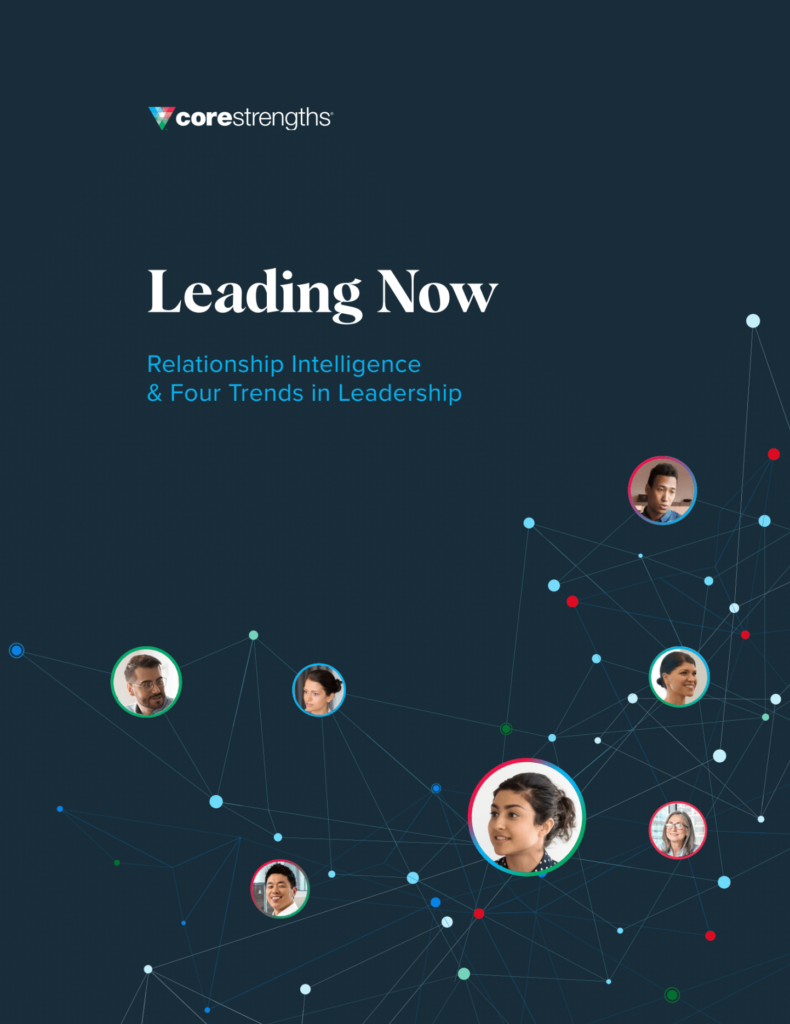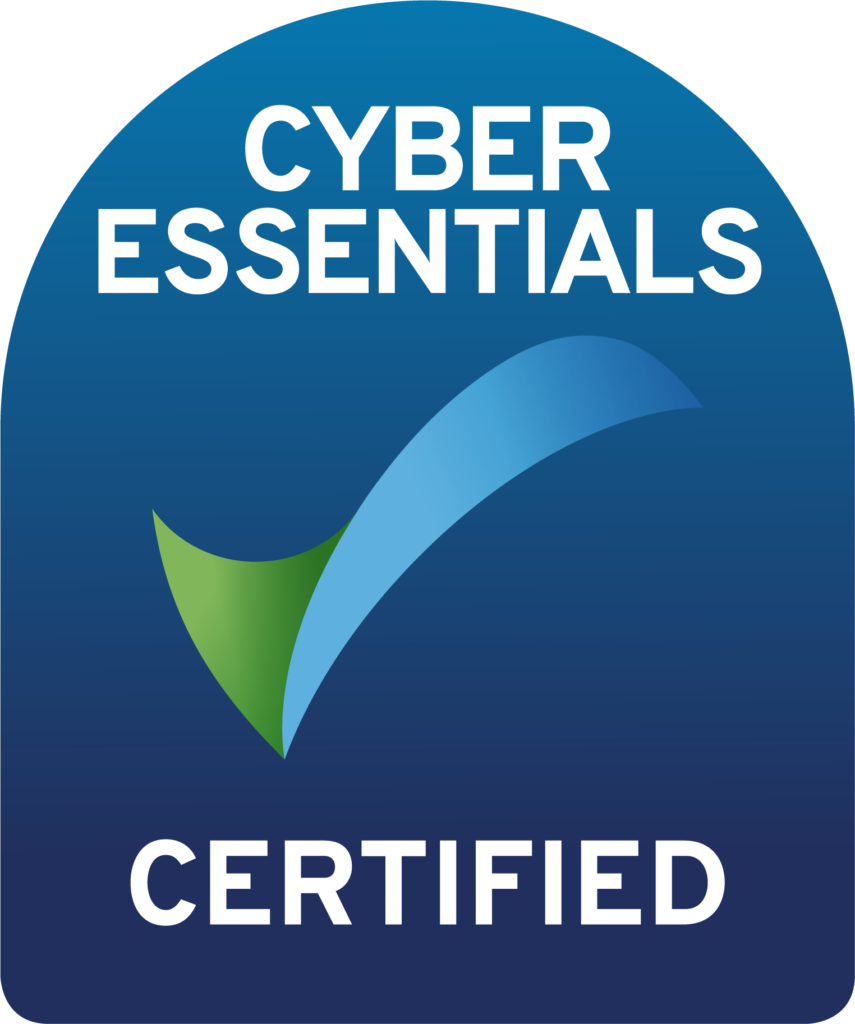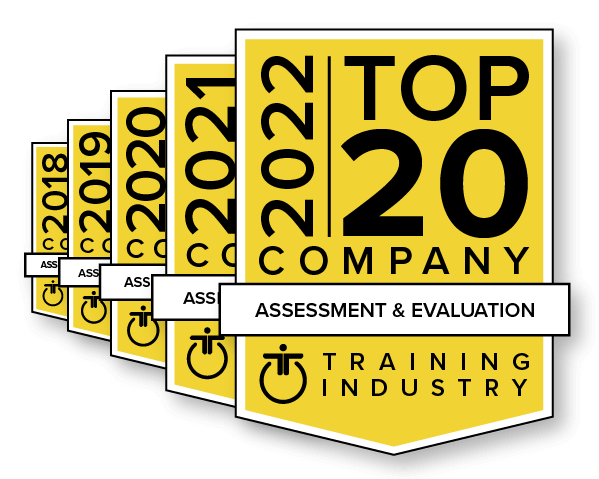The past two years have presented leaders with challenges that most couldn’t have imagined in their wildest dreams. While some people are still hoping for a return to normalcy, new and existing challenges brought by the pandemic are likely to continue throughout 2022.
Leadership isn’t about creating the organizational strategy on your own and then telling others what to do. You don’t need to have all the answers. It’s about having an awareness of your strengths and understanding the individuals who report to you, so you can support them with regard to their wellbeing, personal growth, and performance.
As another new pandemic year begins, it’s time to reflect on what you’ve learned and hone in on the key leadership skills that will be required from you in 2022.
Top 5 Leadership Skills for 2022
1. Leading through change
Organizations around the world are gearing up for another unpredictable year. Employees want to feel confident that their bosses can manage, adapt, and lead when change inevitably happens.

Here are some key aspects of leading your team during times of change:
- Prepare employees to deal with the changes
- Give employees the context they need about the changes
- Include employees in identifying the potential challenges and opportunities
- Empower employees to come up with the best way forward
When you give people a framework for what’s permissible and what’s not, they’ll feel that they’re in safe hands. The change won’t seem so traumatic when they’re involved in the solution.
2. Connecting people to purpose
If your organization doesn’t meet people’s need for purpose in their work, it will lose talent to organizations that do.

To connect people to purpose, you need to:
- Be clear on the purpose of the organization and lead by example by living the purpose
- Understand each team member and what drives them, so you can connect each person’s purpose to the organizational purpose
- Adapt your communication to connect each employees’ values to the organizational goals
- Give praise and developmental feedback in a way that resonates with each individual
Remember: even on a team with very similar job descriptions, each person will have a different reason why they feel motivated.
Click Here to get proven tools for learning about each person’s purpose and values.
3. Coaching
Most managers already know that they need to create a coaching culture on their team, and the first quarter is a great time to start or restart your efforts. What you may not know is that the coaching mindset is even more important than coaching skills. To build a coaching mindset, ask yourself:
- Why do I want to coach?
- How will coaching connect with my personal values?
- How will coaching help me achieve my purpose?
- What type of coach am I?
- Which of my strengths will help me coach?
- Which of my strengths could potentially get in the way?
Another crucial element of coaching is your relationship with your coachees. Overall, giving developmental feedback makes people feel like you care about them. But if you don’t have a great relationship with someone to begin with, you need to repair it before they’ll be open to being coached by you.

Read our blog, “How to Make Coaching in the Workplace Actually Work” to get actionable advice on building coaching relationships.
4. Leading with diversity and inclusion
As any manager knows, teams are composed of very different individuals. The ability to address their individuality while bringing them together to work as one team is a very powerful leadership skill.
You need a high level of relationship intelligence (RQ) to be a good leader in 2022. According to Core Strengths research, RQ is comprised of four skills:
- Positive regard: treating people with dignity and respect and assuming positive intentions
- Service orientation: openness to learn peoples’ needs, and being willing to meet their needs
- Personal accountability: taking ownership, initiative, and responsibility
- Strengths-based agility: choosing to use your strengths in pursuit of desired outcomes
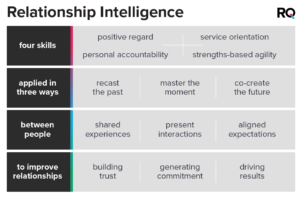
Leaders with high RQ multiply the intelligence of the room when they walk in. Instead of immediately sharing what they think, high RQ leaders give context about the problem, ask for everybody’s ideas, and keep an open mind.
It’s also crucial that you don’t recruit, praise, or promote only in your own likeness. Instead, be very clear about what the job role needs, and recruit for someone who has the values to suit the organization and the competence to do the job.
5. Communication
Effective communication is the skill that underpins all of the above. If leaders are going to be successful in communicating with their team as a whole and each individual within it, they need to:
- Understand how their own values, priorities, and conflict triggers affect their communication style
- Understand how each person on the team prefers to be communicated with, and use the style and methods that person prefers
- Ask questions to be curious and listen with the intent to understand
When people are in conflict, they can’t be the best versions of themselves and won’t have the ability to adapt to other people’s communication needs. One key leadership skill is knowing how to recognize your own conflict triggers. It’s often okay to press the pause button when a conversation gets heated and return when you can be your best self.
Build relationships first this year
To develop these leadership skills, the first step is building relationship intelligence. Having strong relationships with each of your team members will promote their engagement and wellbeing, and help them work better to meet individual, team, and organizational goals.

